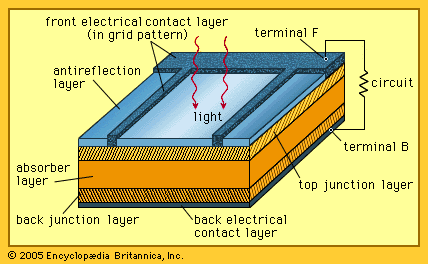Solar Cells: From Fundamentals to Future Applications

About Course
Are you ready to power up your understanding of the technology that’s revolutionizing the way we energize our world? “Solar Cells: From Fundamentals to Future Applications” is your gateway into the fascinating world of solar energy and photovoltaic (PV) innovation. From the basic science behind converting sunlight into electricity to cutting-edge advancements like perovskites, quantum dots, and solar-powered space missions, this course offers a comprehensive journey through the solar cell landscape.
Whether you’re an aspiring engineer, environmental enthusiast, researcher, or policy advocate, this course will equip you with the foundational knowledge and future-forward insights needed to navigate one of the most critical technologies of the 21st century. Dive into topics like PV cell structures, efficiency optimization, real-world applications, and the transformative role of solar energy in building a sustainable, tech-driven future.
Course Content
Chapter 1: Solar Energy and Photovoltaics
Introduction to solar energy and its conversion to electricity.
00:00Basics of photovoltaics: the photovoltaic effect, semiconductor materials, and solar cell structures.
00:00Different types of solar cells: silicon-based, thin-film, and emerging technologies.
00:00